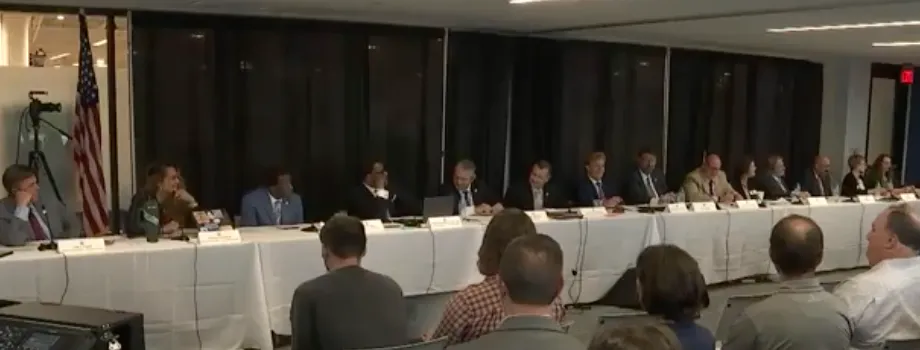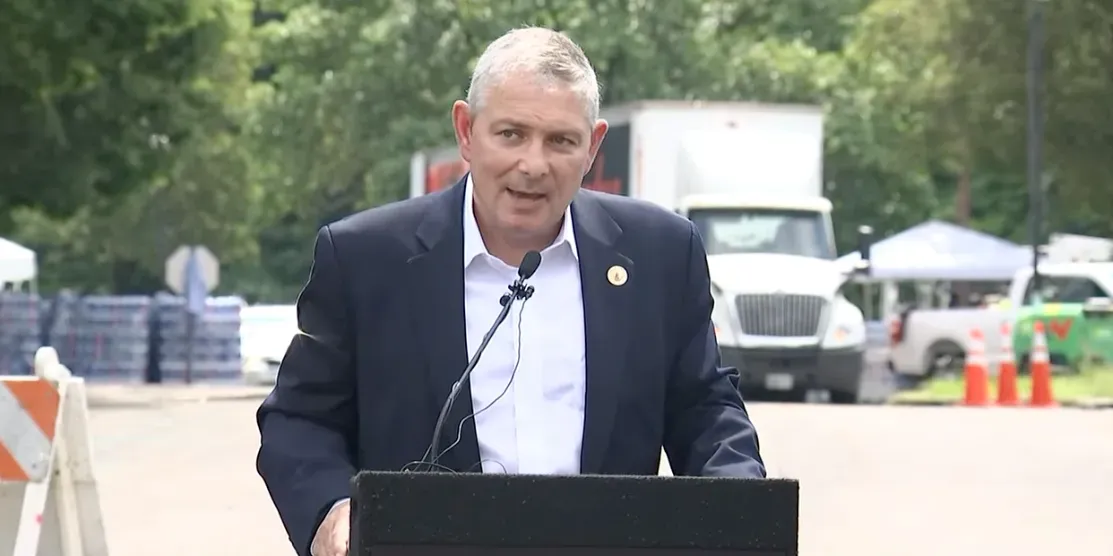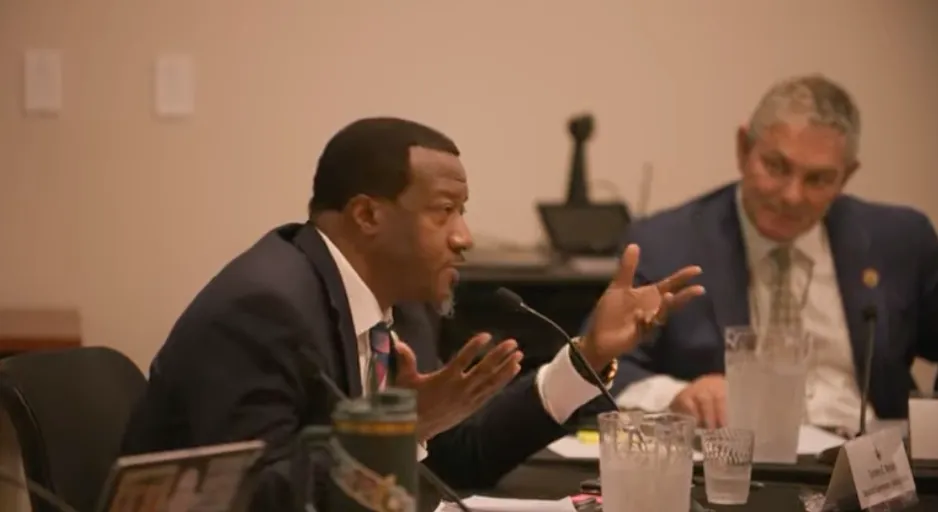Henrico water crisis — Government — Henrico government — Eastern Henrico — Western Henrico — Henrico Water Treatment Facility — Northern Henrico — Community — Tyrone Nelson — John Vithoulkas — Roscoe Cooper — Dan Schmitt — Top News
In joint meeting, Henrico and Hanover supervisors urge regional collaboration, oversight as solution to water issues





